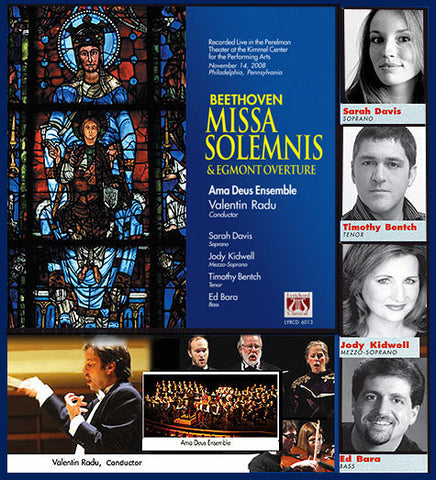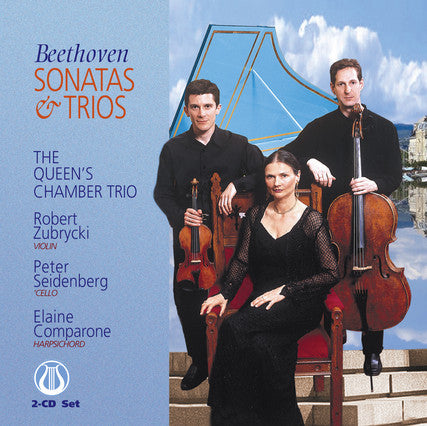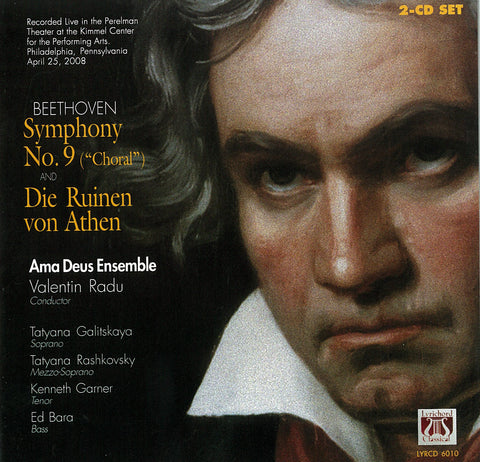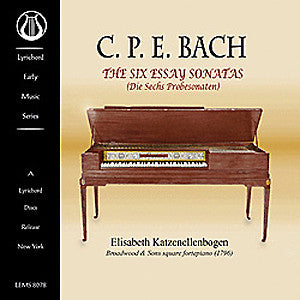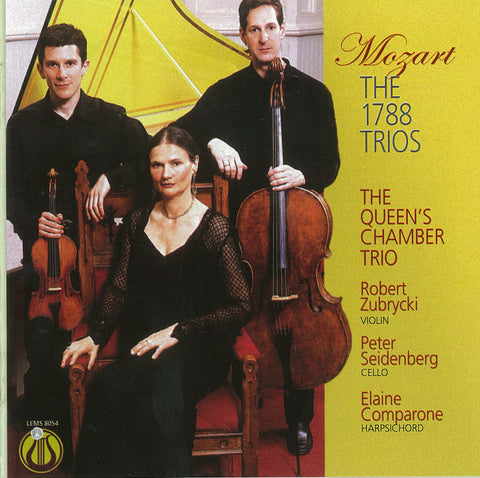
Mozart: The 1788 Trios - The Queen's Chamber Trio DOWNLOAD ONLY LEMS-8054
Digital Download available from your favorite site including
Download free liner notes below (Mac users use Ctrl + click)
"...The three Mozart trios, dating from the same year as his last three symphonies, show him at his most buoyant and serene. Written for himself and his amateur friends, the piano dominates but, like Haydn, he increasingly made the instruments equal partners. In these trios the strings sing out and engage in spirited conversations. The playing is splendid. Tempi are sensible ...; repeats are ornamented; the phrasing is clear; the expressiveness is natural and deeply felt. The cellist uses quasi-Baroque articulation, putting swells on long notes. The violinist’s tone is varied in color and intensity and is strikingly beautiful.The performers’ enjoyment of the music and the collaboration speaks through every note."
E.E.
ALL THINGS STRINGS
December 2010
"Mozart composed his last three symphonies and his final three piano trios in the same year. Lyrichord offers them played as the composer might have heard them, using a (very well recorded) harpsichord instead of a fortepiano, which ensures great transparency of texture, although the balance favors the violin - not surprisingly, as Robert Zubrycki has such a firm, full timbre. The performances by the young members of the American Queen's Chamber Trio are fresh and pleasing and well integrated, rhythmically rather precise."
- THE PENGUIN GUIDE TO RECORDED CLASSICAL MUSIC 2009
"...(the playing) by all accounts strikes me as quite faultless... the recording is also of excellent quality. Should the idea of a harpsichord in Mozart's piano trios appeal to you, then by all means this can be recommended. In fact, I am not personally aware of the existence of another such recording currently available." - Jerry Dubins - Fanfare (May/June 2006)
"The Queen's Chamber Trio is a subset of the Queen's Chamber Band, formed in 1992 by harpsichordist Elaine Comparone. The trio devotes itself to music composed between 1775 and 1810, the crossover years between harpsichord and piano. Mozart's final trios from 1788 fit nicely in that range, so are a logical choice. The harpsichord is resonant, not clangorous. The cello supports harmonies with a nice, firm tone and some distinctly non-period glides. … Where there is more rhythmic freedom, it can be unexpectedly beguiling."
- SUNDRAM, American Record Guide May 2006
Mozart Trios recorded for the first time ever with harpsichord instead of piano or fortepiano!
Elaine Comparone, harpsichord
Robert Zubrycki, violin
Peter Seidenberg, cello
Mozart composed his last three symphonies and his final three trios in the same year. The trios he performed with his musician friends and he often used a harpsichord, instead of the relatively innovative fortepiano. The 1788 Trios are recorded here by the superb Queen's Chamber Trio. Using the harpsichord instead of piano or fortepiano allows the listener to hear remarkable sonorities and harmonics in the interplay of the instruments that have likely not be heard in at least the last one hundred years!
Violinist Robert Zubrycki, cellist Peter Seidenberg and harpsichordist Elaine Comparone form the The Queen's Chamber Trio, which made its New York debut at Carnegie's Weill Hall in September of 2002 and has taken NYC and the Northeast by storm ever since.
About performing these Mozart Trios with harpsichord (and also, in reference to the Haydn and Beethoven recordings The Queens Chamber Trio are currently working on for upcoming releases on the Lyrichord Early Music Series), Ms. Comparone recently said:
“The harpsichord in the late 18th century was a highly evolved instrument compared to the relatively raw fortepiano. True, Mozart and Beethoven were both thrilled with a keyboard that could create crescendo and diminuendo gradually, but we have to remember that the harpsichord had been in both their ears and fingers since their childhood...I do believe they [Mozart and Beethoven] considered the harpsichord to be a musical tool EQUAL to the fortepiano. Even while they imagined the marvelous possibilities of the fortepiano, they must have deeply appreciated the color and sparkle of the harpsichord and its dramatic possibilities.
In the 1780s, musicians who elected to play contemporary music on harpsichord instead of fortepiano might be categorized as reactionary; but in this day and age, our approach is decidedly revolutionary.”
Trio in E Major (KV 542)
1. Allegro - 8:30
2. Andante grazioso - 4:33
3. Allegro - 7:59
Trio in C Major (KV 548)
4. Allegro - 8:19
5. Andante cantabile - 10:16
6. Allegro - 5:06
Trio in G Major (KV 564)
7. Allegro - 8:45
8. Andante - 6:06
9. Allegretto - 4:52
We Also Recommend





